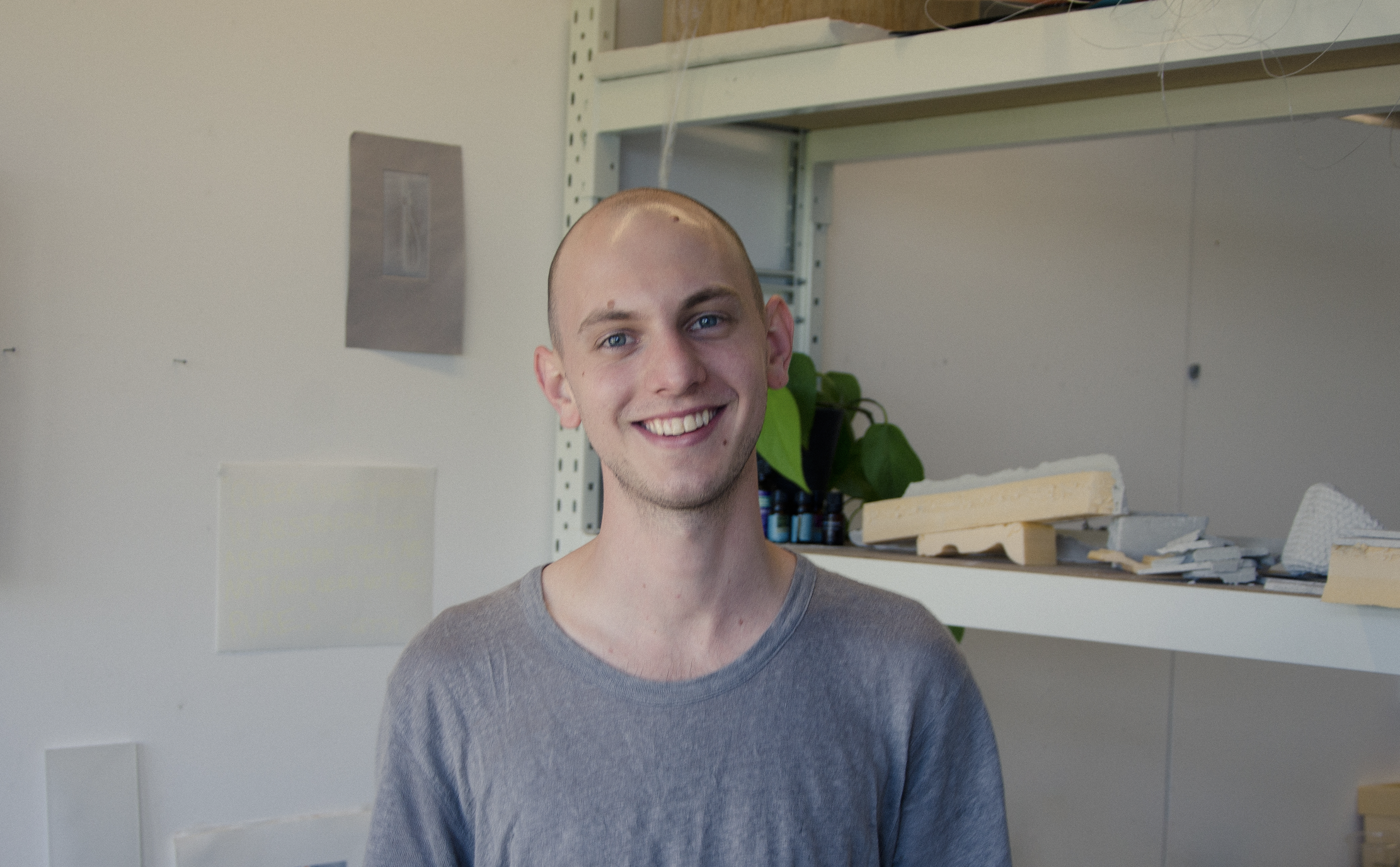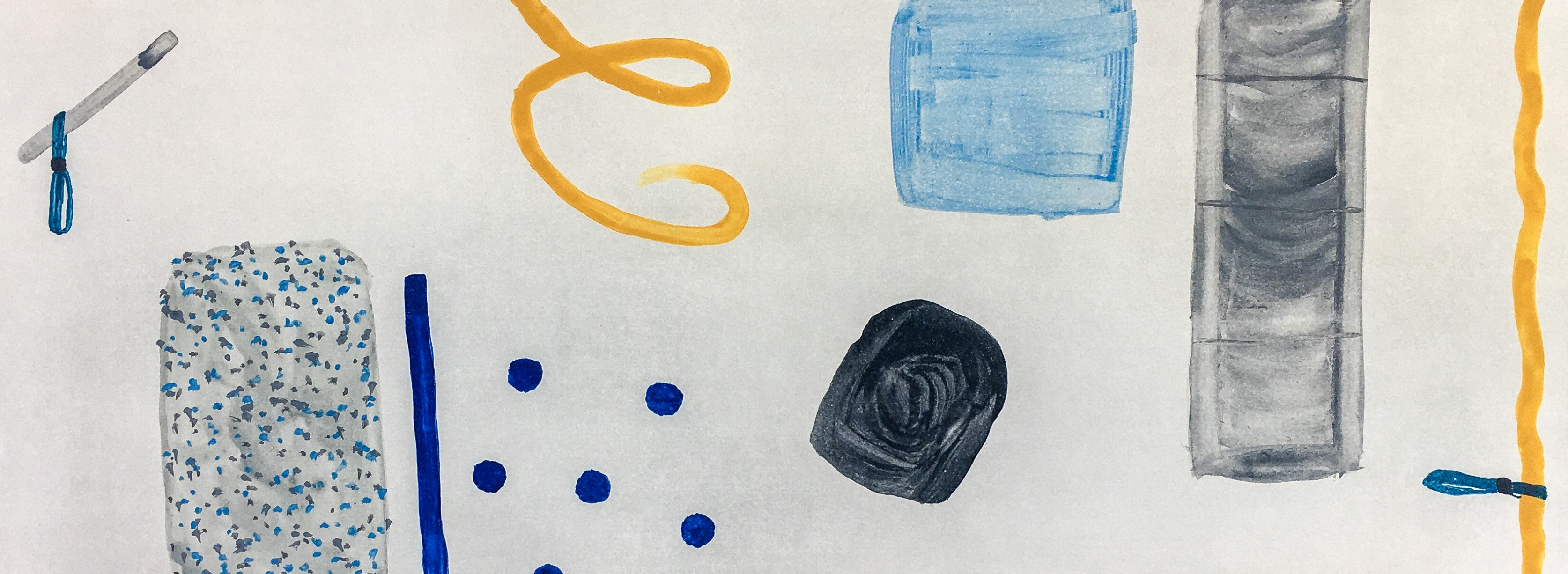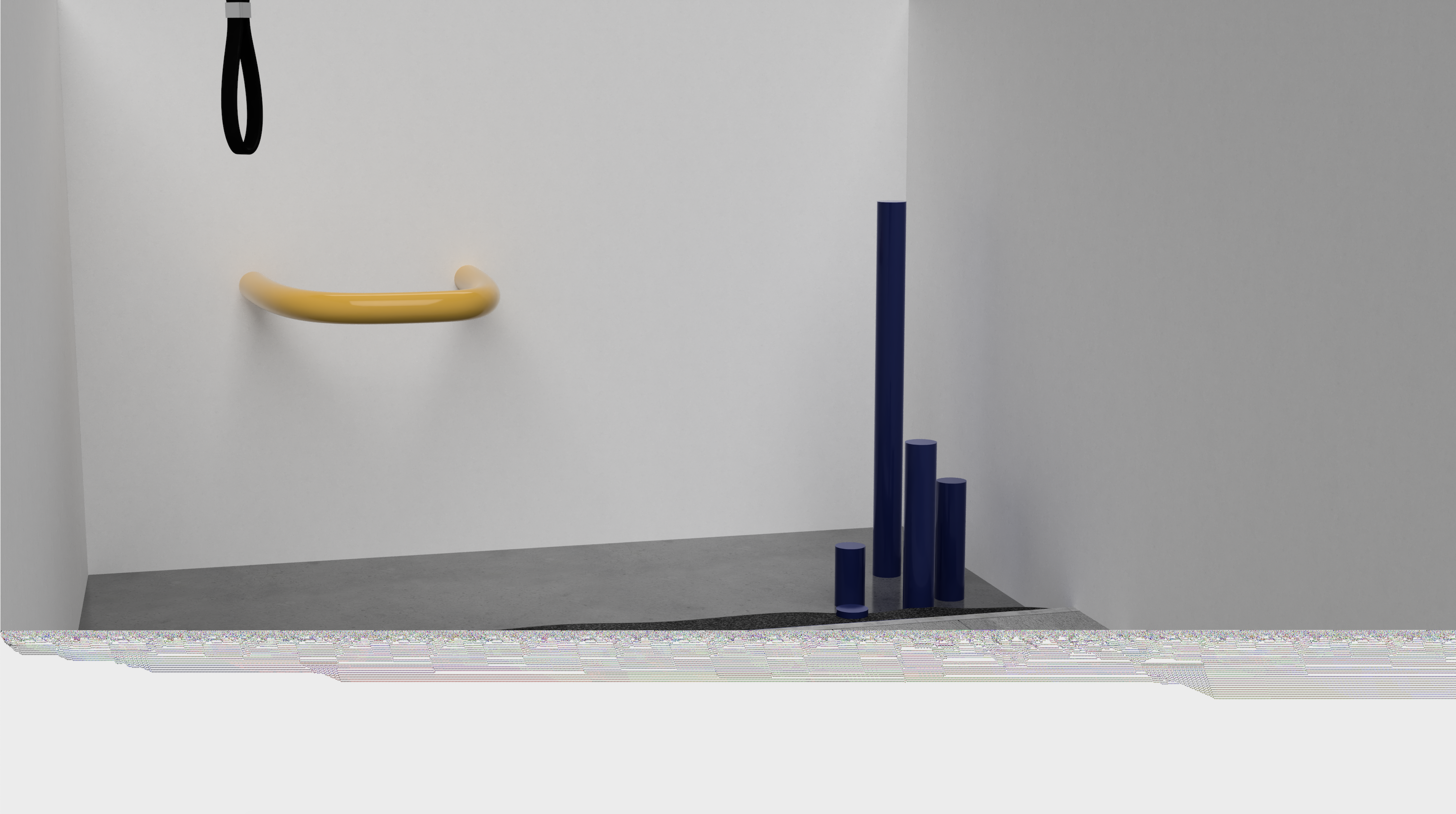
Growing up in the country town of Armidale, Callum Agnew was certain that he wanted to do something creative.
He was initially inspired by cooking and used to design menus for the café he would open when he grew up. As a teenager, Callum started to experiment with other creative interests.
“Growing up in Armidale, there wasn’t a lot for teenagers to do, so I became involved in a variety of creative pursuits, from theatre production to piano lessons,” he says.
“Armidale has a pretty vibrant arts community, and these endeavours were supported throughout high school where I realised, I definitely wanted to work in the creative industry.”
After finishing school, Callum was torn between the mediums of design and fine arts. He decided to pursue UNSW’s Bachelor of Fine Arts as he felt the degree gave him more flexibility.
“One of the best parts of my degree was having the freedom to learn as many processes as possible,” he says. “Fine Arts students were able to opt to do half of their studio courses with UNSW’s design department.”
“My two streams were Printmaking and Object Design, and through these studio courses, as well as electives I tried almost every medium offered on campus.”
Callum’s Honours project, Dysfunctional Infrastructure, will be exhibited at the A&D ANNUAL 19 Graduate Exhibition. His project is influenced by Sydney’s public transit spaces “and the objects within them which are used to control bodies”.

“This expanded installation practice attempts to offer up a queer spatiality for the re-thinking of urban environments and their politics,” he says.

Throughout his degree, Callum completed an internship program with Senior Lecturer Michael Kempson, Convenor of Printmaking Studies at the Faculty of Art & Design. The internship involved working with Cicada Press, a collaborative arts project where established artists are invited to create print-based work and help guide students through the process.
“Through this, I was able to further develop my printmaking skills as well as gain valuable knowledge from the vibrant community fostered by Cicada,” he says.
Callum says the vast knowledge of the UNSW technical staff have been invaluable in developing studio skills.
“Direct industry contact has been a definite plus while studying at Art & Design,” he says. “Tutors and lecturers can often put you in touch with people relevant to your practice.”
Callum’s advice to future UNSW students is to take advantage of the facilities and teaching staff on campus.
“You can learn to make pretty much anything – all you have to do it ask,” he says.
See Dysfunctional Infrastructure at the A&D ANNUAL 19 Graduate Exhibition from December 3 – December 14.
